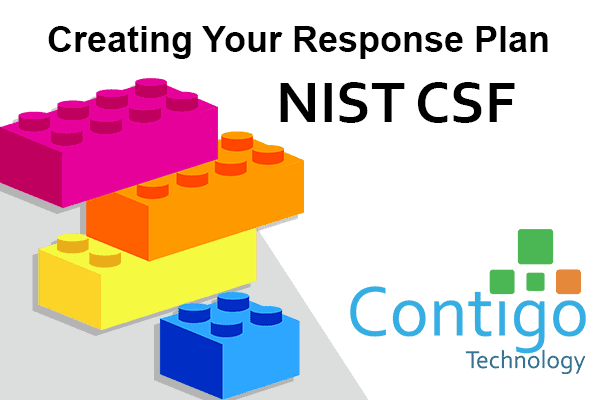
Creating Your Cybersecurity Response Plan
With security breaches on the rise and causing organizations a lot of problems in terms of finance and reputation, it’s time to put that all-important incident response plan in place today.
So, what is an incident response plan? Before delving into what you should be doing to keep your company’s best interests at heart, perhaps it might be useful to lay out what this kind of plan is. This is a set of instructions intended to help an organization detect, respond to, and recover from a range of network security incidents. This can include cybercrime, data loss, and service disruptions. Having a plan like this is vital to contributing to your company’s resilience and development of cybersecurity.
However, since most small businesses have limited resources and funds to deal with cyber breaches, the incident response plan is often given less attention than it should be. This can have a devastating impact, with occurring cyberattacks costing far more than an initial response plan.
Important Elements of a Response Plan
When thinking about your incident response plan, be sure to include the following five elements to successfully address and cover a wide range of security issues that your company may face:
Incident Identification and Rapid Response
Evaluate the security threat effectively to decide whether to implement the incident response plan or not. This requires:
- An authorized person to initiate the plan
- An online/offline location for the incident response team to meet and discuss the plan
Remember: the sooner the issue is detected, the sooner it can be addressed, with as little negative impact as possible.
Resources
In the unfortunate event of a cyberattack, the incident response team should have emergency kits to help navigate through this incident. The resources include:
- Tools to take all machines offline after forensic analysis
- Solutions to regulate access to the IT environment and prevent anyone from hacking the network
- Measures to employ standby machines to ensure operational continuity
Roles and Responsibilities
Always be aware that a cyber incident can occur at any time. This makes it vital to ensure that your incident response team members are fully aware of their individual roles and responsibilities, including your reserve team too. If any primary contacts are unavailable to be called in, the reserve team stands as a backup to help deal with the crisis at hand quickly.
Detection and Analysis
Detection and analysis are crucial components of your incident response plan. Make sure you document everything, including how an incident is detected to how to report, analyze, and contain a threat. Including approaches for detecting and analyzing risks can help team members in a range of situations.
Containment, Eradication and Recovery
- Containment specifies the methods for restricting the incident’s impact. These can vary depending on the type of threat.
- Eradication deals with techniques to eliminate a threat from all affected systems within the organization.
- Recovery efforts concentrate on reducing potential harm and resuming operations as quickly as possible.
Considerations for an Incident Response Plan
Your incident response plan must address any concerns that arise from an evolving security threat landscape. Before constructing the response plan, there are a few things to consider:
- The construction of an incident response plan is not a one-off task. Reviews need to be done regularly to make sure that the plan considers all new and developing technical and environmental changes that could influence your company.
- The response plan and the team working on it should receive support and guidance from top professional management.
- It’s critical to document the contact information of key team members for emergency communication, including reserves.
- Every person in the company’s incident response team must maintain accountability.
- Suitable tools and procedures are necessary to improve the efficiency of the incident response.
- The company’s security, backup, and compliance postures must all be given equal attention.
If you’re wondering how to start developing the best incident responce plan for your company, contact our cybersecurity experts and get valuable insights on how to make one that will meet your unique needs.
Copyright and limited permissions granted by Kaseya Powered Services.